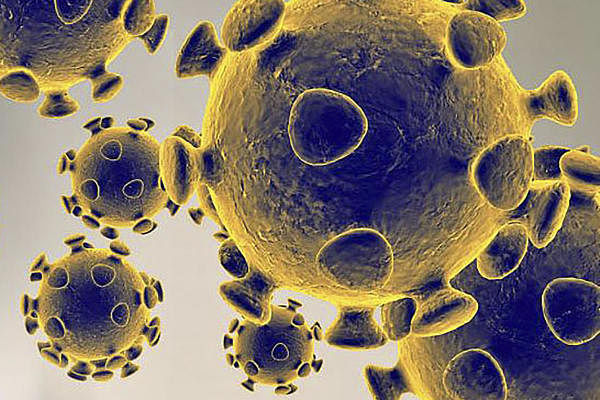
The Epidemic Diseases Act, 1897, that is being enforced now - perhaps for the first time in more than a century in such a big scale - has links to the outbreak of plague in Bombay, now Mumbai, in the late 19th century.
The Bombay plague epidemic or the bubonic plague was one of the worst crises that the city faced between 1896-97.
The Covid-19 or coronavirus outbreak, that is sweeping the globe and declared a pandemic by WHO, reminds of those days.
“Plague had spread fast in Bombay because by the then standards, the city was crowded, a lot of restrictions were imposed, maybe similar to what we are seeing now but on a different scale and time," says Mumbai's historian Rafique Baghdadi.
“People were asked to stay indoors, massive cleaning operations was undertaken but it was 120 plus years ago. Mumbai is different from Bombay," he said.
Thousands of people were killed and many fled the city, then under control of the British.
According to the 1891 census, Bombay had a population of 8,20,000.
The first case of plague was detected in September 1896 in Mandvi by Acacio Gabriel Viegas, a medical practitioner.
Many died or fled and 1901 census revealed Bombay's population as 7,80,000.
To confirm Viegas's findings, the then Governor of Bombay invited Russian bacteriologist Sir Waldemar Mordechai Wolff Haffkine, who had worked with Pasteur Institute in Paris.
He was the one who developed and used vaccines against cholera and bubonic plague. In October 1896, he set up a laboratory in the Grant Medical College that was often referred to as Room No. 000.
A book - 'Room 000: Narratives of the Bombay Plague' - by Ishrat Syed and Kalpana Swaminathan, who write as Kalpish Ratna, mentions details about plague and vaccine.
“Bombay had changed a lot after the plague,” said Ajit Joshi, an expert on Mumbai. The mortality rate from plague is about 22 per 1,000 while tuberculosis was 12 per 1,000 and cholera 14 per 1,000.
In fact, on December 9, 1898, the British parliament created Bombay City Improvement Trust for proper housing.